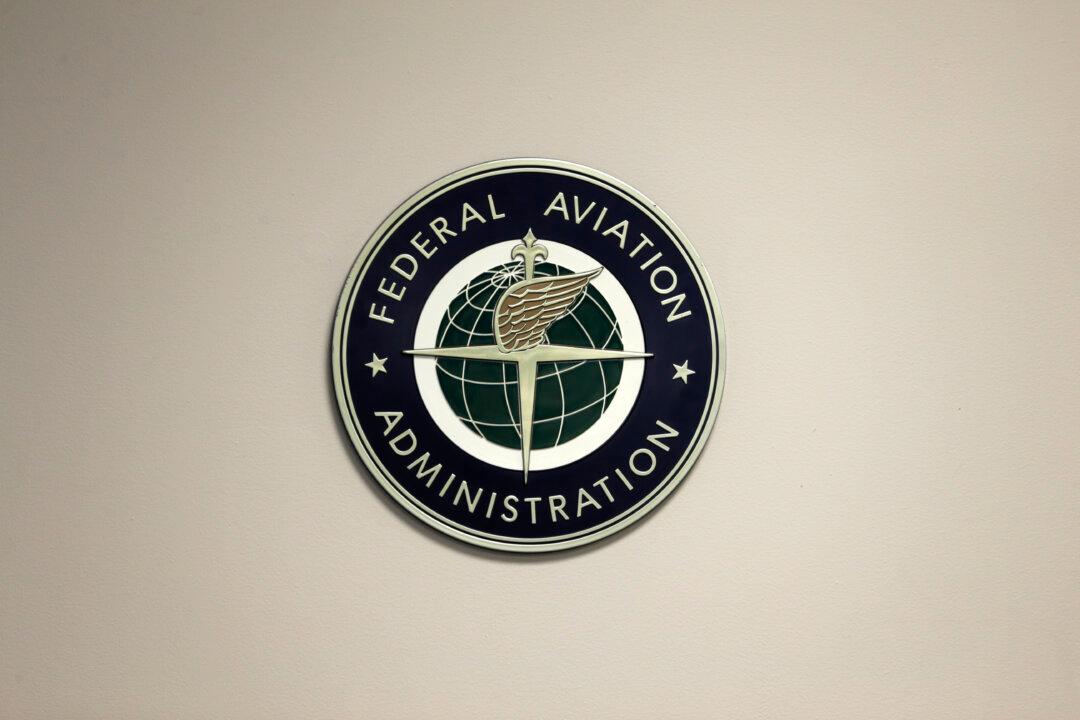The House of Representatives on July 20 voted 351–69 to pass the Federal Aviation Administration’s (FAA) reauthorization act, updating the government agency’s parameters for the next five years.

A Federal Aviation Administration sign hangs in the tower at John F. Kennedy International Airport in New York on March 16, 2017. Seth Wenig/AP Photo
Savannah Pointer is a politics reporter for The Epoch Times. She can be reached at [email protected]
Author’s Selected Articles




